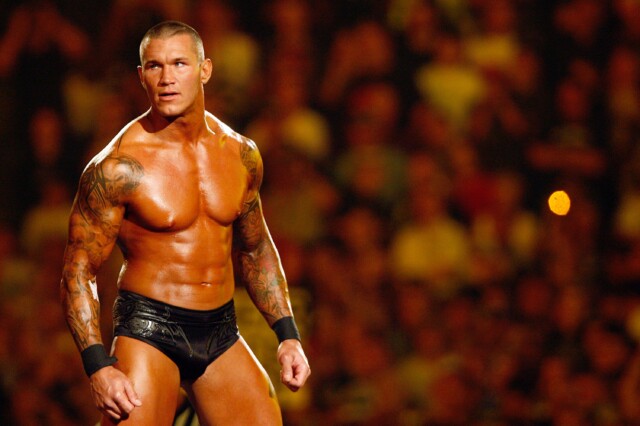RANDY Orton’s former tattoo artist has successfully sued publisher Take Two Interactive for the illegal use of the wrestler’s body art in the WWE 2K games.
Catherine Alexander designed and tattooed the famous wrestler’s distinctive tattoos between 2002 and 2008.
Randy Orton is among the WWE’s biggest legends.
In 2009, Take Two Interactive approached Alexander for the use of her designs in its WWE 2K series, offering her $450 (£400).
Alexander rejected the offer and the two parties never reached an agreement.
However, the publisher decided to use the artist’s designs in the games, despite not owning the rights to her artwork.
As reported by VGC, Randy Orton and his body art was included in WWE 2K16, WWE 2K17, and WWE 2K18, without the correct rights.
In 2020, the courts ruled that Alexander had the legal right to damages due to loss of revenue from not having been paid for the rights.
The judge stated: “WWE would have rejected Orton’s videogame persona if it appeared without his tattoos or appeared with tattoos that were different than Orton’s actual tattoos.”
Alexander has been awarded $3,750 (£3,300) in damages, which the jury decided was the value of the rights to her artwork.
She was not entitled to a higher payout as they decided that Take-Two likely did not sell more copies of the game solely due to the use of Alexander’s designs.
While the amount awarded to Alexander is small, it sets a precedent for other tattoo artists to ask for payment if their designs are to be used in games.
However, this is not the first time that Take-Two has been taken to court over the unlicensed use of tattoo art in its games.
In 2016, Solid Oak Sketches took the company to court over the use of tattoo art that appeared on the in-game models for Lebron James, Kenyon Martin, and Eric Bledsoe.
In this case the court ruled in Take-Two’s favour, as the publisher had paid the NBA for the rights to the player’s likenesses.
The judge made the decision that in this case the player’s likenesses included their body art designs.
It appears that these kinds of cases need to be judged on a case-by-case basis.
Written by Georgina Young on behalf of GLHF.








